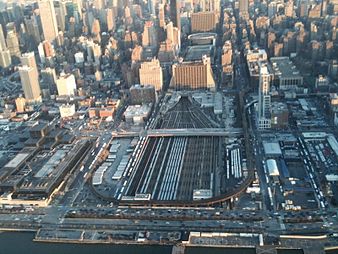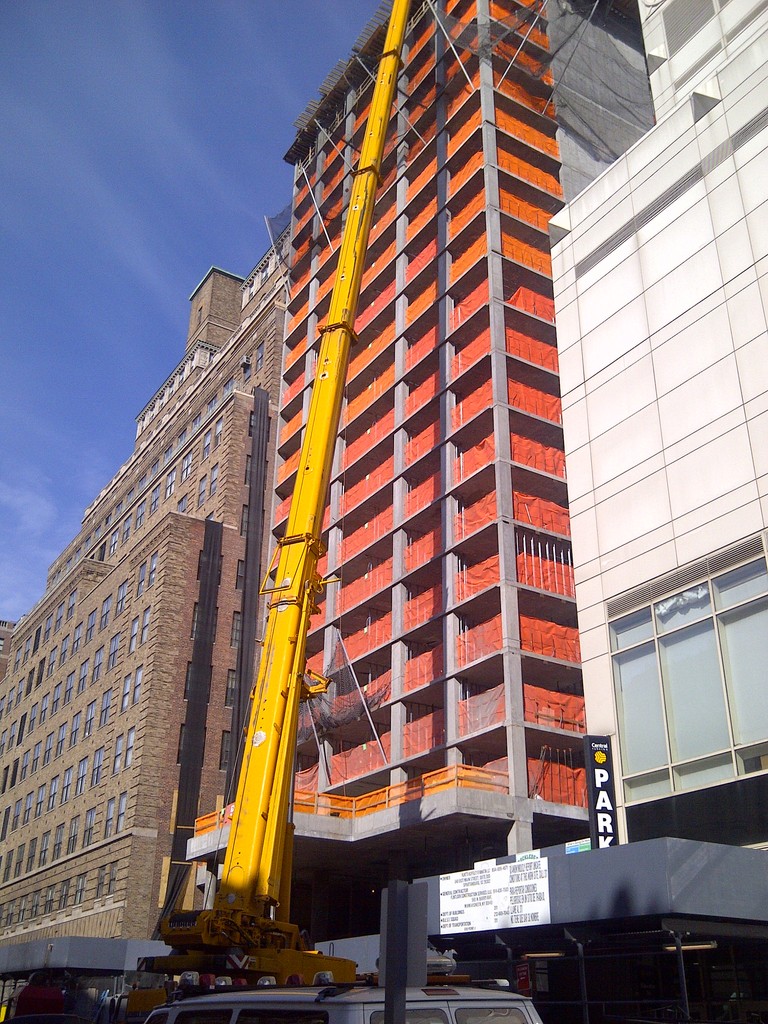More than three dozen open violations discovered by the NYC Department of Buildings after the fatal fall of a worker at 424 West 33rd Street construction site
After a worker fell to his death at a NYC midtown construction site, the city issued a full stop work order at the site.
The Department of Buildings issued 41 violations including 6 for work without a permit. Other violations included failure to safeguard persons or property; failure to report an accident; no record of daily inspection of suspended scaffold; work doesn’t conform to approved plans; failure to provide approved plans; failure to provide guardrails; and failure to provide protection.
When the accident happened, the worker, 34 year old Lukasz Stolarski of Brooklyn, was doing facade restoration work. He wasn’t wearing a harness and fell from a ledge he was standing on between the roof and the penthouse. He landed on the top of the sidewalk shed at the 424 West 33rd Street construction site resulting in his death.
 New York Personal Injury Attorneys Blog
New York Personal Injury Attorneys Blog


 New York Construction Accident Attorneys
New York Construction Accident Attorneys 

 Among all
Among all 
